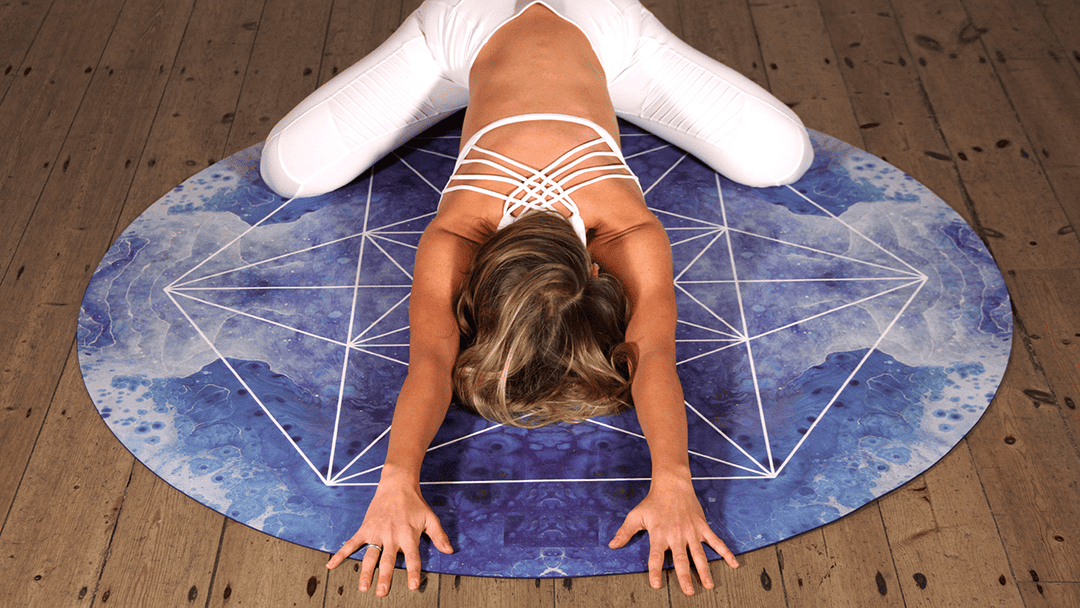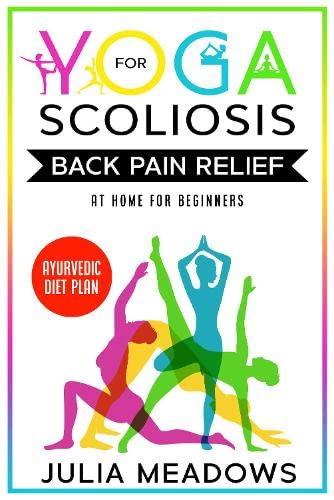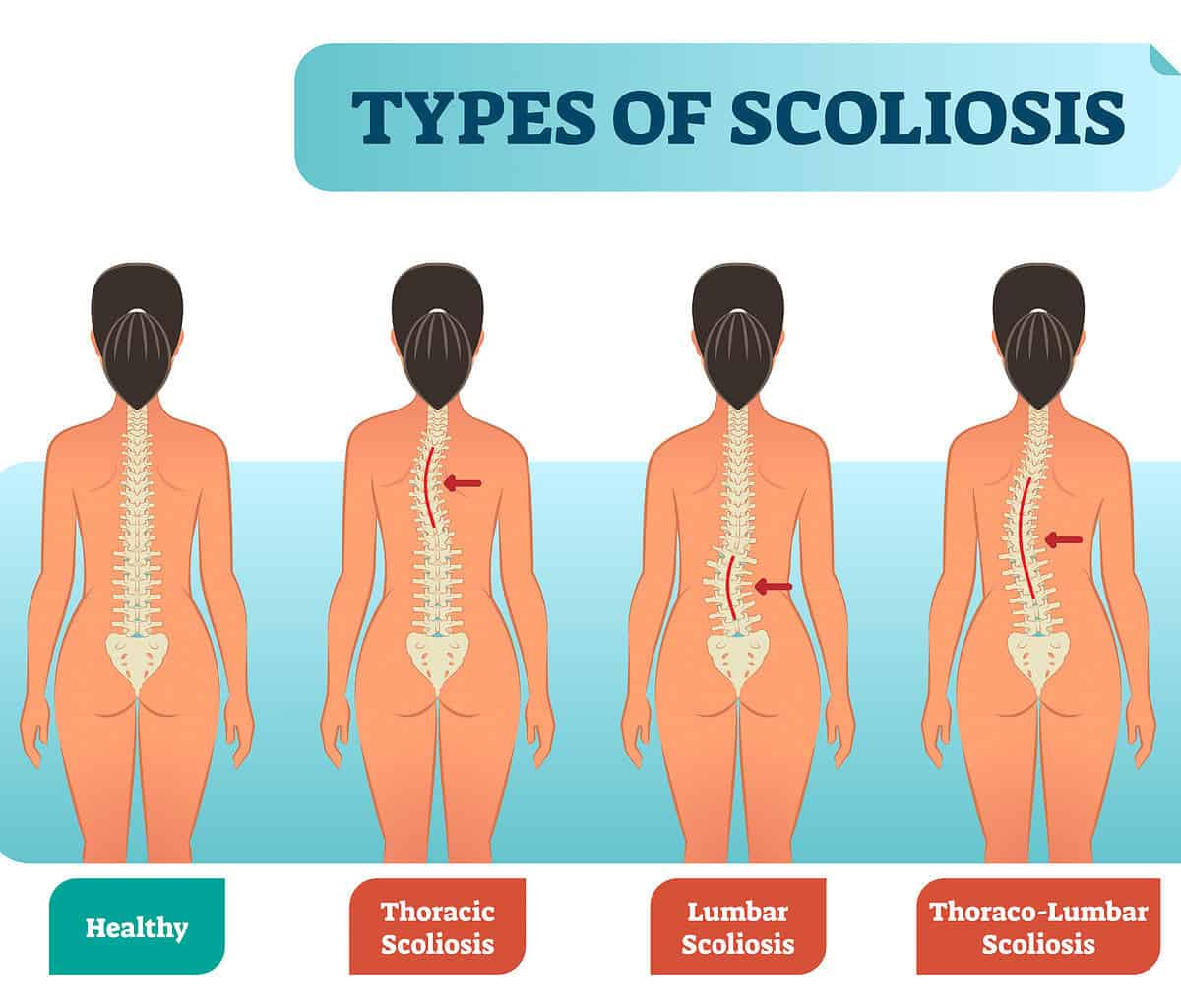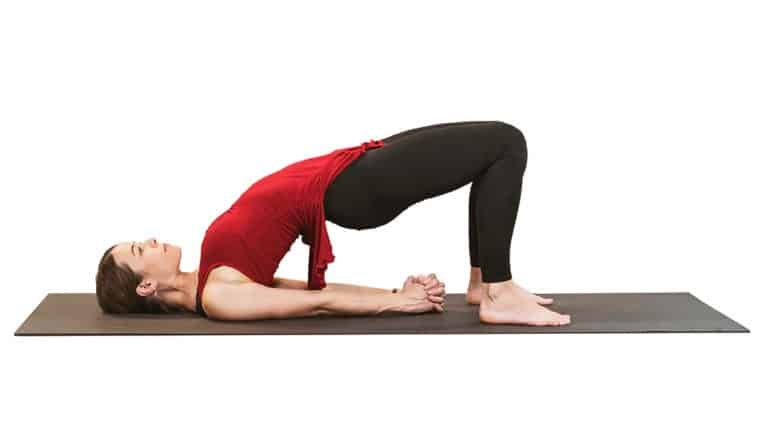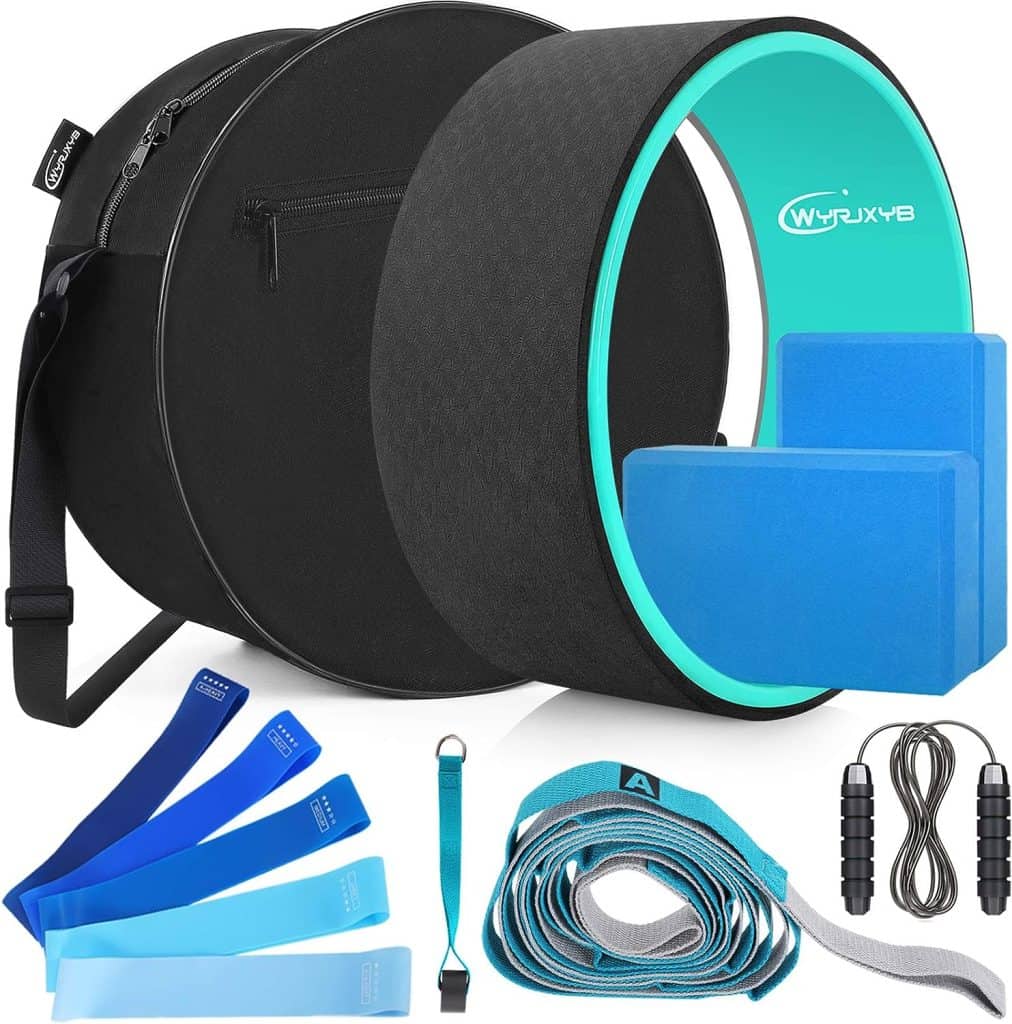In this article, we will explore the definition and causes of scoliosis, the different types of scoliosis, the benefits of yoga for scoliosis, specific yoga poses that can be helpful, modifications and precautions to consider, and additional tips for practicing yoga with scoliosis.
If you have scoliosis, practicing yoga can offer numerous benefits for your physical and mental well-being. Yoga helps improve posture, increase flexibility and strength, relieve pain and muscle tension, enhance body awareness, and boost self-confidence.
Understanding scoliosis
Definition and causes of scoliosis
Scoliosis is a condition characterized by an abnormal sideways curvature of the spine. It can occur in children, adolescents, and adults.
The causes of scoliosis can vary and may include genetic factors, neuromuscular conditions, or unknown causes. It is important to consult with a healthcare professional for an accurate diagnosis and appropriate treatment plan.
Types of scoliosis
There are different types of scoliosis, including idiopathic scoliosis (the most common type with no known cause), congenital scoliosis (present at birth due to spinal abnormalities), and degenerative scoliosis (caused by wear and tear on the spine).
Each type may require specific management and treatment approaches.
The benefits of yoga for scoliosis
Improved posture and alignment
Yoga can help improve posture and alignment by strengthening the muscles that support the spine. Practicing yoga poses that focus on lengthening the spine and opening the chest can help counteract the curvature caused by scoliosis. By developing better posture habits, you can reduce strain on the spine and improve overall body alignment.
Increased flexibility and strength
Yoga poses gently stretch and strengthen the muscles, ligaments, and tendons surrounding the spine. This increased flexibility and strength can help alleviate muscle imbalances and improve range of motion. By targeting specific muscle groups, yoga can help create balance and stability in the body, reducing the impact of scoliosis on daily activities.
Pain relief and reduced muscle tension
Yoga can provide relief from pain and muscle tension associated with scoliosis. Gentle stretching and mindful movement can help release tight muscles and alleviate discomfort. Additionally, practicing yoga promotes relaxation and stress reduction, which can further contribute to pain relief.
Enhanced body awareness and self-confidence
Through regular yoga practice, individuals with scoliosis can develop a heightened sense of body awareness. This increased awareness allows for better understanding of their body’s limitations and capabilities. As a result, self-confidence and self-acceptance can be cultivated, empowering individuals to embrace their unique bodies and work towards their personal goals.
Yoga poses for scoliosis
Mountain pose (Tadasana)
Mountain pose is a foundational yoga pose that helps improve posture and body alignment. Stand tall with your feet hip-width apart, grounding through all four corners of your feet. Lengthen your spine, relax your shoulders, and engage your core. Imagine a string pulling the crown of your head towards the ceiling. Hold the pose for several breaths, focusing on maintaining a neutral spine.
Triangle pose (Trikonasana)
Triangle pose stretches and strengthens the muscles along the spine, promoting better alignment. Begin by standing with your feet wide apart. Turn your right foot out and extend your arms parallel to the floor. Reach your right hand towards your right foot, keeping your left arm extended upwards. Keep your spine long and gaze towards your left hand. Hold the pose for several breaths before switching sides.
Side plank (Vasisthasana)
Side plank strengthens the core muscles and improves stability. Start in a plank position with your wrists directly under your shoulders. Shift your weight onto your right hand and outer edge of your right foot, stacking your left foot on top. Extend your left arm towards the ceiling, creating a straight line from your head to your heels. Hold the pose for several breaths before switching sides.
Bridge pose (Setu Bandhasana)
Bridge pose helps open the chest and strengthen the back muscles. Lie on your back with your knees bent and feet hip-width apart. Press your feet into the mat, lift your hips, and interlace your hands underneath your body.
Roll your shoulders back and down, lengthening your neck. Hold the pose for several breaths, focusing on lifting your chest towards the ceiling.
Child’s pose (Balasana)
Child’s pose is a gentle resting pose that promotes relaxation and releases tension in the back. Start on your hands and knees, then sit back on your heels.
Extend your arms forward and rest your forehead on the mat. Allow your spine to lengthen and your breath to deepen. Stay in this pose for several breaths, focusing on surrendering and letting go.
Modifications and precautions
Consulting with a healthcare professional
Before starting any new exercise program, it is important to consult with a healthcare professional, especially if you have scoliosis. They can provide guidance on specific modifications or precautions based on your individual condition.
Using props and modifications
Props such as blocks, straps, and bolsters can be used to support and modify yoga poses for individuals with scoliosis. These props can help maintain proper alignment and make poses more accessible. Working with a qualified yoga instructor can provide personalized guidance on using props effectively.
Avoiding excessive twisting or bending
While yoga can be beneficial for scoliosis, it is important to avoid excessive twisting or bending movements that may strain the spine. Listen to your body and modify poses as needed to ensure comfort and safety. Focus on gentle, controlled movements that promote stability and alignment.
Additional tips for practicing yoga with scoliosis
Regular practice and consistency
Consistency is key when practicing yoga with scoliosis. Aim for regular practice to experience the full benefits. Start with shorter sessions and gradually increase the duration as you build strength and flexibility. Remember that progress takes time, so be patient and persistent.
Having a great yoga wheel set will help!
Listening to your body and adjusting as needed
Every individual with scoliosis is unique, so it is important to listen to your body and adjust your practice accordingly. Pay attention to any discomfort or pain and modify or skip poses that aggravate your condition. Focus on finding a balance between challenging yourself and respecting your body’s limitations.
Combining yoga with other forms of exercise
While yoga can be a valuable practice for individuals with scoliosis, it can also be beneficial to incorporate other forms of exercise into your routine. Strength training, cardiovascular exercise, and stretching can all complement your yoga practice and contribute to overall physical fitness.
Conclusion
In conclusion, yoga can be a valuable tool for individuals with scoliosis. By improving posture, increasing flexibility and strength, relieving pain and muscle tension, enhancing body awareness, and boosting self-confidence, yoga offers a holistic approach to managing scoliosis.
Remember to consult with a healthcare professional, practice with modifications and precautions, and listen to your body as you embark on your yoga journey. With regular practice and a mindful approach, you can experience the benefits of yoga for scoliosis.
Originally posted 2023-06-15 17:24:47.

